Comparing Collagen, Pea, & Whey Protein for Muscle Growth
Research Review: Are these three protein powders created equal?
In this article:
Lifestyle and protein fun facts.
Important study findings.
Interpreting the findings.
Reader input on collagen protein.
The Study
Title: The Effects of Whey, Pea, and Collagen Protein Supplementation Beyond the Recommended Dietary Allowance on Integrated Myofibrillar Protein Synthetic Rates in Older Males: A Randomized Controlled Trial
The Objective
“We aimed to determine the impact of consuming higher-quality compared with lower-quality protein supplements above the recommended dietary allowance (RDA) on integrated MPS rates. We hypothesized that increasing total protein intake above the RDA, regardless of the source, would support higher integrated rates of myofibrillar protein synthesis.”
Lifestyle & Protein Fun Facts
I’ve read through the introduction of this study and I’d like to start off by laying out some bits of information, which I found interesting and want you to know:
While people are living longer, the portion of their lives spent in good health isn’t increasing proportionately. This period of healthy living is coined the ‘healthspan.’
A contributor to a decline in health/lifestyle is the age-related condition known as sarcopenia, or muscle loss. With muscle loss comes reduced mobility, strength, and balance. This loss of muscle increases risks of falls, injuries, and the likelihood of needing assisted living.
Effectively initiating muscle protein synthesis(MPS) through food, along with training for muscle growth and strength gains, are two key methods for reversing or slowing age-related sarcopenia.
The degree of MPS resulting from protein ingestion diminishes with age, to a level of up to 30%. As you can guess, this places more and more importance on consuming MPS-stimulating protein sources as we age.
In particular, protein sources containing adequate amounts of the amino acid, Leucine, effectively stimulate MPS.
The RDA of protein for adults in the United States is 0.8g per kg of bodyweight per day. However, this may not be adequate for elderly individuals.
This study compares Collagen Protein, Whey Protein, and Pea Protein, aiming to examine their effects on MPS at different consumption levels.
The hypothesis of this study is as follows, “We hypothesized that, compared with the period of consumption with protein at the RDA (control phase), when supplemented (supplemental phase), MPS would be enhanced in the whey, pea, and collagen protein supplement–consuming groups.”
Let’s Get Into the Findings
To begin, the demographic this study focused on was elderly males, ranging from age 65 to 80. While this doesn’t rule out the findings being similar for older females, a female-only study would need to be done to confirm that assumption.
Regardless of the narrow demographic being focused on, the findings are still very informative and you should consider using them to assist your protein powder purchasing decisions and improving your personal MPS rates, regardless of your age or sex.
Finding 1: RDA Protein Dose Effect on MPS
The following figure coincides with collagen, pea, and whey protein intake levels administered during the control phase of the study. The control protein dose represented a protein amount per meal that fell in line with the RDA of 0.8g/kg, broken into three meals per day.
In the figure we see blood plasma levels of Leucine, Essential Amino Acids, Branched Chain Amino Acids, and total Amino Acids at 15-minute post-protein consumption intervals. These aminos are tied to MPS, particularly Leucine.
The study’s summarized takeaways here are:
While differences in Leucine, EAA, BCAA, and AA blood plasma levels exist between collagen, pea, and whey protein, the differences are insignificant.
Collagen, pea, and whey protein doses, in line with the standard RDA for adults, do not result in substantial MPS signaling in elderly adult males.
If you ask me, that second takeaway is massively important and should cause all elderly individuals to question whether or not the RDA for protein is suitable for their needs.
Finding 2: Additional Protein Supplementation’s Effect on MPS
The following figure coincides with collagen, pea, and whey protein intake levels administered during the supplemental phase of the study. The supplemental protein dose represented a protein amount per meal that fell in line with a well-accepted research-based daily allowance of 1.2-1.3g/kg, broken into three meals per day.
Again, we see blood plasma levels of Leucine, Essential Amino Acids, Branched Chain Amino Acids, and total Amino Acids at 15-minute post-protein consumption intervals. Remember, the presence and levels of these different aminos, especially Leucine, are linked to MPS.
Do you see the differences between the control dose figure above and the supplemental dose figure?
The important takeaways here are:
With Leucine being such an important signaler for MPS, chart A in the supplemental dose figure shows the significant difference between the impact of collagen and whey protein on blood plasma Leucine levels. Pea protein fell below whey, but above collagen.
The same statement can be made for the differences found between collagen and whey blood plasma levels of Branched Chain Amino Acids and Essential Amino Acids. Again, pea protein produced a middle-ground between whey and collagen.
In terms of total amino acid blood plasma levels, there was no significant difference between collagen and whey. However, pea protein did lag behind with lower levels than the other two over time.
Here is the official study results quote pertaining to the supplemental dose protocol:
“Whey group was significantly greater than collagen group at 15-min after and collagen and pea groups at 30-, 45-, and 60-min after for leucine. Whey group was significantly greater than collagen and pea groups at 30-min after and collagen at 45- and 60-min after for BCAAs. Whey group was significantly greater than collagen and pea groups at 30-min after and collagen at 45- and 60-min after for EAAs. Pea group was significantly greater than collagen at 60-min after for leucine and BCAAs.”
The repetitive sentence from the official quote is ‘whey group was significantly greater.’
What Does All of this Mean?
Whey is Superior for Stimulating Muscle Protein Synthesis
I tend to see people using whey and pea protein with the goal of muscle growth in mind. They also value it for being such an effective tool in helping them reach their daily protein goal. These are two perfectly reasonable expectations of whey and pea protein supplementation, as the study shows. If you supplement with either of them for those reasons, keep up the good work.
Oh, and a piece of personal advice; go with the whey over the pea protein whenever possible. Small advantages add up over time and whey sits highest on the totem pole for stimulating MPS.
Unfortunately, I also see people purchasing collagen protein for the same reason (muscle growth). They see all proteins as producing the same effect on muscle growth, which doesn’t match up to the findings in this study.
In effect, they’re choosing an inferior protein type for their muscle growth goal.
In my opinion, this poor choice stems from two roots:
The hype. Without question, collagen protein’s popularity grew rapidly over the past few years. With celebrities like Jennifer Aniston as collagen protein ambassadors, consumers(particularly women) flocked to it.
A lack of awareness and education. Unless someone is enthralled with nutrition, reads and reviews studies, and spends time doing research on protein supplements, they’re not inherently going to understand the intricacies of different products. They’re going to see the word ‘protein’ on the bottle, assume all proteins are created equal, and call it a day.
These two reasons contribute to consumers scanning collagen over whey at the self-checkout counter.
And listen, I’m not saying collagen is without it’s benefits. I’m simply saying that, if someone is taking collagen protein to maximize their muscle growth, they’re doing it wrong.
About those collagen benefits…real quick, let’s hear about them from real people. Let’s close this section by checking out what these readers had to say when I asked them if, and why, they use collagen protein:
Waging War on Age-Related Muscle Loss
This section might seem like it’s only written for the elderly, but it’s actually for everyone who knows an elderly person as well. If you happen to know someone living through their elder years, please share this article with them. You could be helping them stave off many years of physically impaired living and extending their life. Science says so.
Of course, don’t forget that when you learn something important, it sticks with you for life. At some point in your life, even if you’re young right now, you’ll become elderly too.
In my opinion, sarcopenia ramps up with old age for three primary reasons:
Naturally lower energy levels and more aches and pains lead to decreased physical activity. As a result, the body has less need for muscle.
Age-related reduction in MPS signaling from complete protein sources. In other words, portions of MPS-signaling protein sources that used to do the trick are no longer enough.
Generally, due to slowing down and reducing physical activity, people tend to eat less with age. This only exacerbates the causes of sarcopenia.
The second point will be the focus of this section, as I truly believe the average person, whether elderly or not, does not realize, that if they want to build or retain their muscle, they should be consuming more protein than previous years. Did you know that?
Here’s the official statement from the study on this topic:
“In conclusion, we discovered that the RDA was insufficient to support higher rates of MPS in older adults. Manipulating dietary protein to increase daily consumption of higher-quality—whey and pea but not collagen—proteins by targeting the lowest protein-containing meals offers a viable strategy to enhance integrated MPS in older adults. Consuming protein much closer to expert group consensus recommendations [[14], [15], [16]] may help to increase integrated MPS, preserve skeletal muscle mass with advancing age, and extend healthspan—compressing the years of disease and disability commonly experienced by older individuals closer to the end of life.”
Official statements are always so technical. I want to simplify what they said:
The protein RDA of 0.8g/kg is not enough to support MPS in the elderly. Upping one’s daily protein intake, from the RDA to the standard amount accepted by experts in the field of muscle growth (1.2-1.3g/kg), may help to increase frequency and rates of MPS.
When choosing supplemental protein powders to help with total protein intake, choose whey first, pea second, and avoid collagen due to it’s reduced ability to stimulate protein synthesis.
The result of adhering to the two points above is more easily built and retained muscle and a higher quality of life as we age.
As stated during another portion of the study, on average, most elderly people eat the most in one sitting; dinner. Other meals of the day tend to be lighter in total calories and protein. By equalizing the day’s total protein intake throughout at least three meals per day, the frequency of increased MPS increases. This is a good thing.
The most plainly put takeaway here is; for everyone, but especially the elderly, aim for at least three complete protein-containing meals per day and make sure your total protein goal for the day is met and spread roughly equally throughout those meals.
Before I Let You Go
Reviewing this study was a great experience. I learned many new things, which always feels great. My hope is that you’re feeling the same way at this point and found value in this article.
I encourage you to dive deeper and read the whole study for yourself. If you’re up for it, here’s the link again:
Thanks for being here!






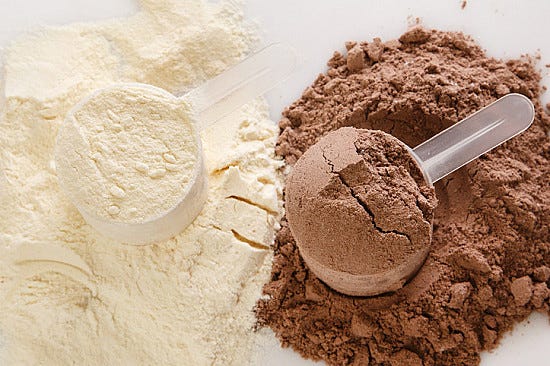
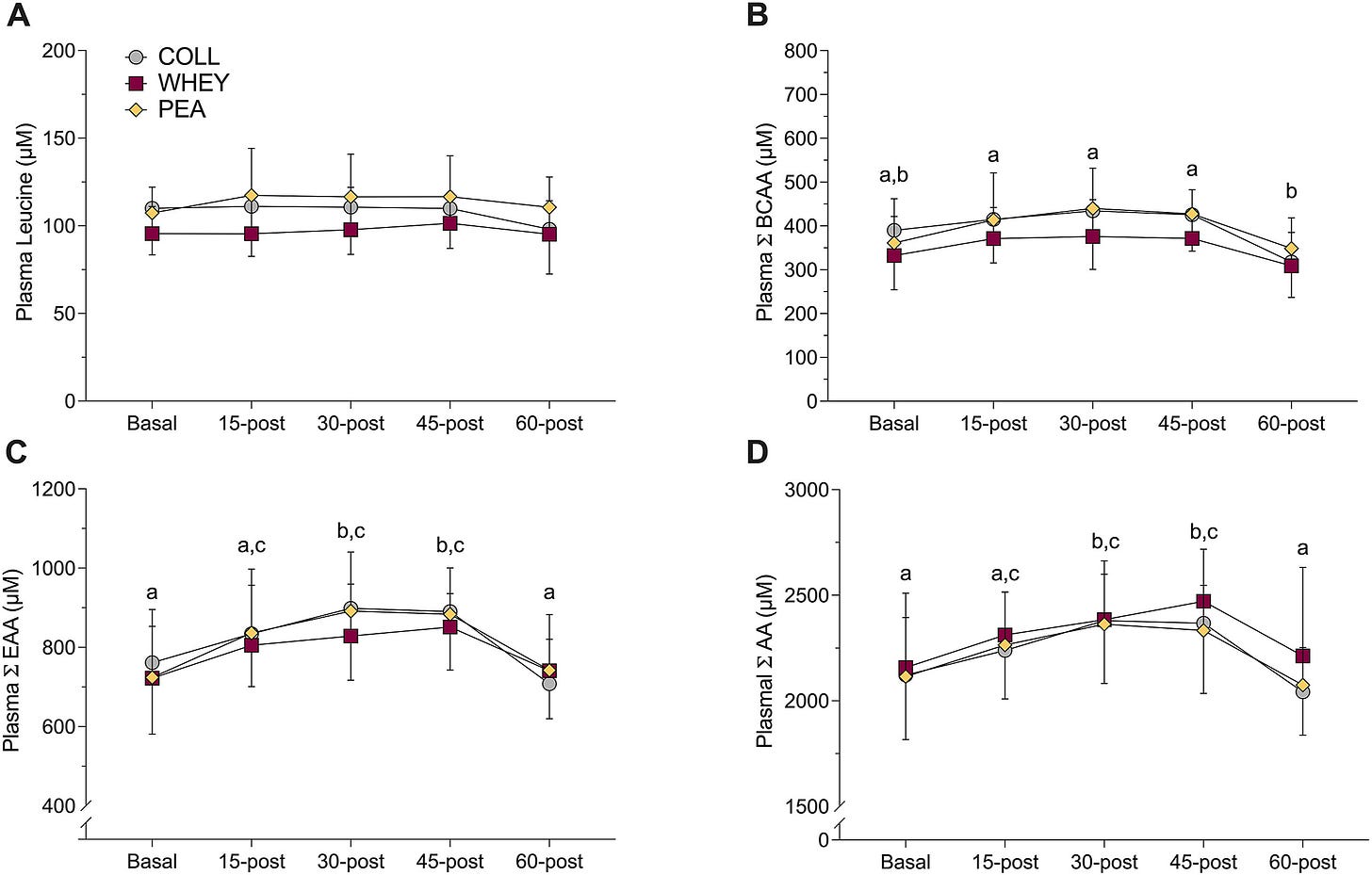
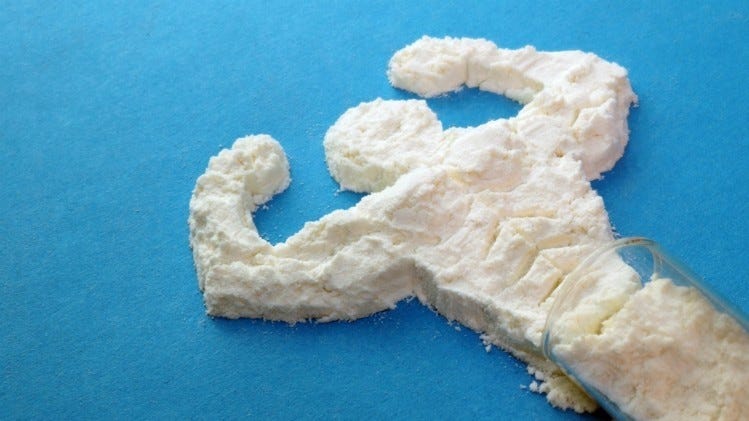
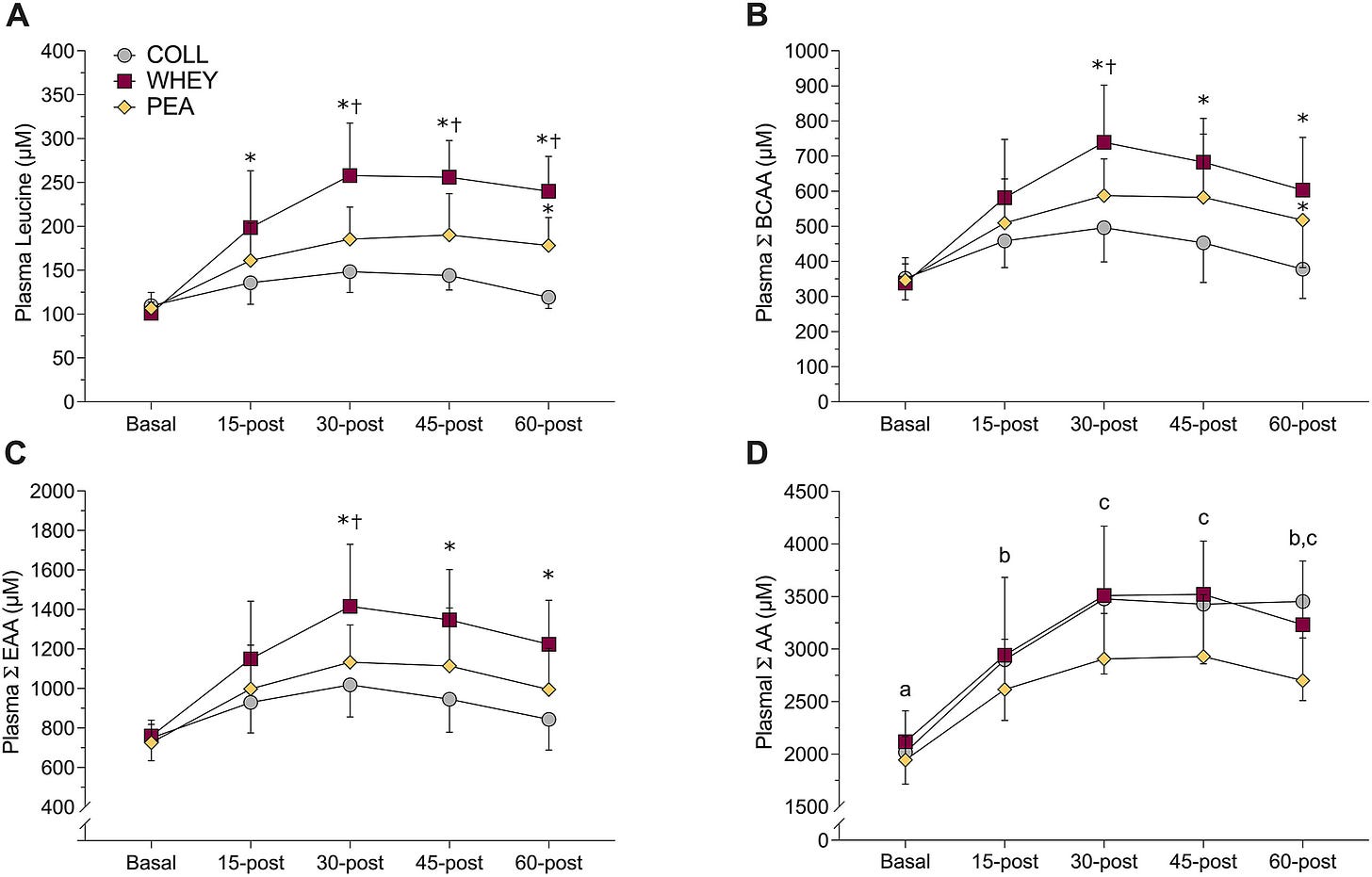
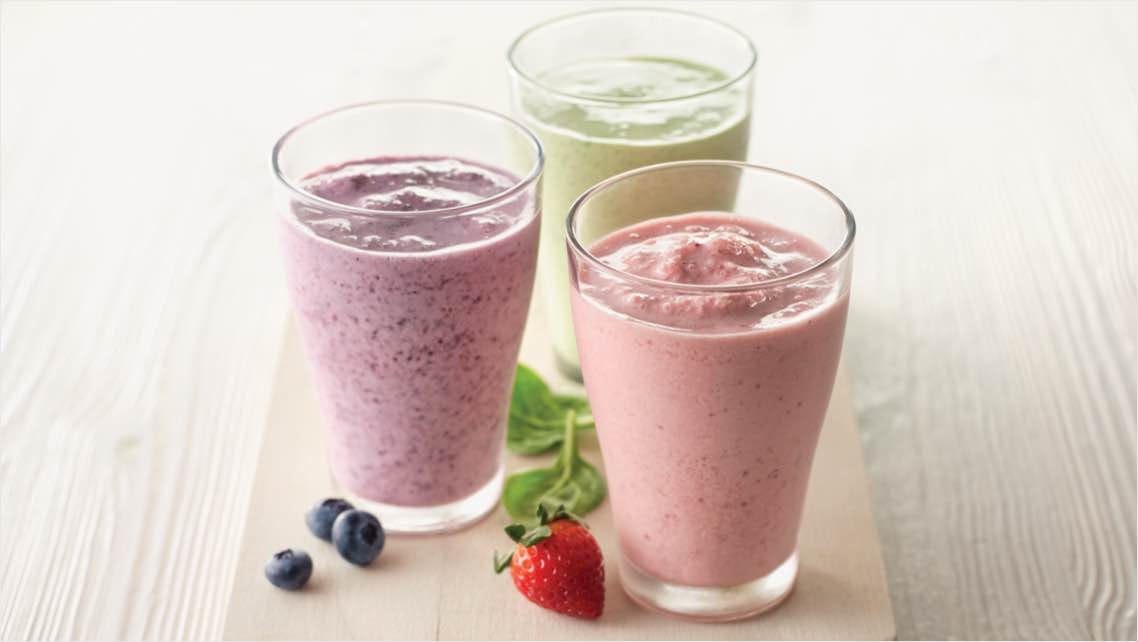










What an excellent article. Thank you for the breakdown. Shared and restacked.